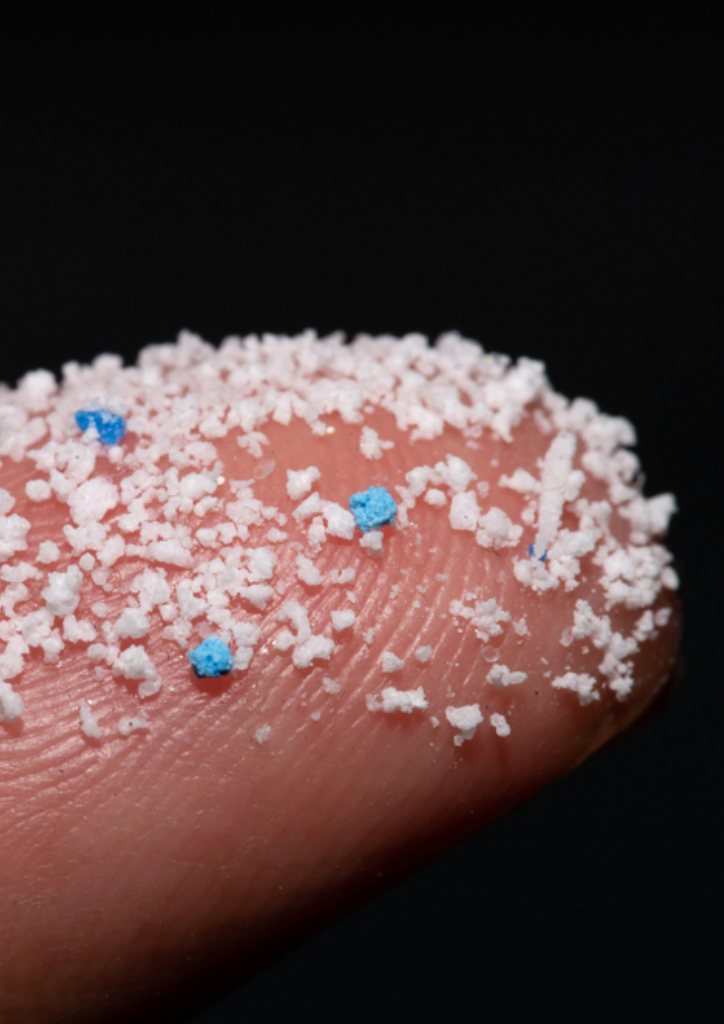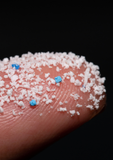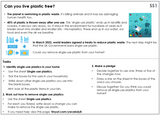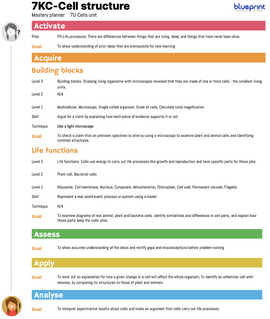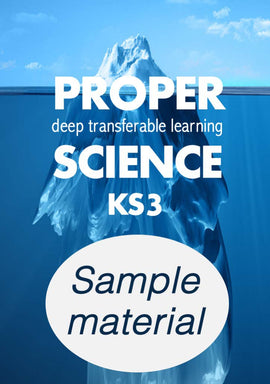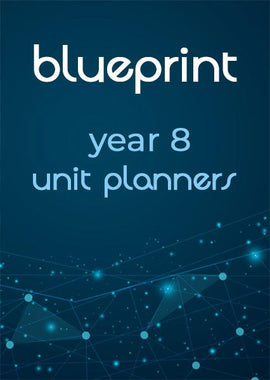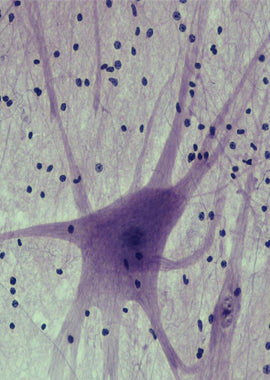Microplastics
Microplastics are now everywhere - they're even been found in Antarctic snow. Scientists are investigating possible risks to human health. In this activity, students come up with ideas to stop microplastics from getting into our oceans. It's designed to fit into an 11-14 unit on substances and particles.
Microplastics can be done in 1-2 lessons, to practice higher-order thinking and prepare students for the demands of 'AO3' at GCSE.
Blueprint curriculum links
- Concepts: Mixtures
- Skill: Choose a method
- Learning stage: Analyse
The lesson resources are delivered as a zip file. After you checkout, you will be sent an email with the link to download them.
Work with a scientist
This activity is ideal for use with a scientist in the classroom, or online. We can help you set up a partnership - just complete the form (only open to UK schools).

Microplastics is a resource developed for the CONNECT project, funded by the European Commission.
The missing data has now been replaced - thanks J Eyre for the spot!
Quality resources, good graphics and very relevant and up to date. There was missing data for size of bacteria on students worksheets slide 5 which made it hard to answer a question comparing the size of microplastics to viruses and cells etc. This was easy to provide for the students.
It encourages creative thinking and have both literacy and numeracy skills embedded.
I think the Microplastics activity is well-constructed and emphasizes the dangers inherent in microplastics both for us and the environment. It fits nicely into our Chemistry syllabus and will pep up our coverage of filtration as well as encouraging creative thinking. Not sure we could devote the suggested time to it though.
Related activities
You may also like:
Year 7 Mastery Practice Book
You may also like:
Blueprint Year 7 unit planners
You may also like:
Year 7 Digital Mastery Practice Book
You may also like:
Proper Science KS3 Sample material
You may also like:
Blueprint Year 8 unit planners
You may also like:
Blood: Damage
The missing data has now been replaced - thanks J Eyre for the spot!
Quality resources, good graphics and very relevant and up to date. There was missing data for size of bacteria on students worksheets slide 5 which made it hard to answer a question comparing the size of microplastics to viruses and cells etc. This was easy to provide for the students.
It encourages creative thinking and have both literacy and numeracy skills embedded.
I think the Microplastics activity is well-constructed and emphasizes the dangers inherent in microplastics both for us and the environment. It fits nicely into our Chemistry syllabus and will pep up our coverage of filtration as well as encouraging creative thinking. Not sure we could devote the suggested time to it though.
